BL17U1 Macromolecular Crystallography Beamline
Scientific case
High resolution and high throughput structural determination of macromolecules and their complexes:
l Large macromolecular assemblies
l Membrane proteins
l Structural genomics and Structure-based drug design
Experimental goals
l Structure determination of crystals with very large unit cells (>1000Å)
l Structure determination of small crystals (≈50 - 10μm)
l With atomic resolution ( <1 - 2 Å)
Experimental methods
l MAD (optimized), SAD
l Fixed wavelength methods (MIR, MR etc.)
Beamline Specification
l Photon energy range: 5 - 18keV
l Energy resolution: 1.9 × 10-4(12 keV)
l Flux at sample: 4.1 × 1012phs/s (12 keV, 200 mA)
l Beam spot size: 67×23μm2@12keV
l Beam divergence: 0.26×0.087mrad2(H×V)
Source
An in-vacuum undulator U25 with a 25mm period length and 80 periods is used at BL17U1 beamline. The minimum gap 6mm, corresponding to the maximum magnetic field about 0.86T (K~2) , can be achieved by U25.
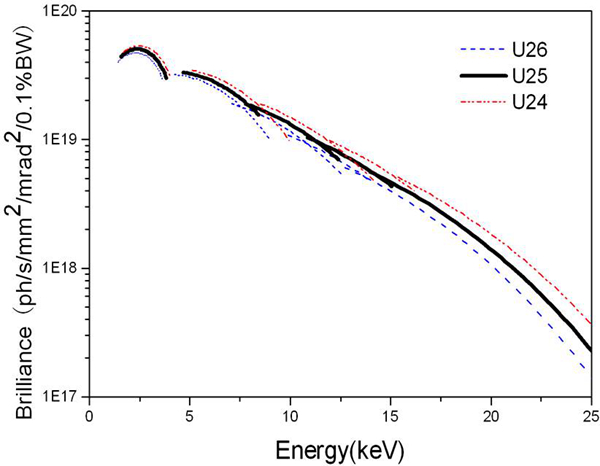
Optics
Beamline 17U1 consists of double crystal monochromator and dynamically bendable toroidal mirror for horizontal and vertical focusing.
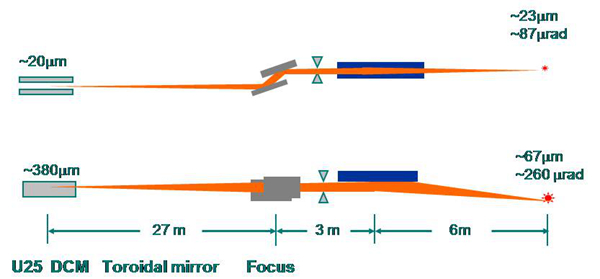
Features of the optics setup:
Ø Simple and stable, easy for the rapid wavelength tuning
Ø A trade-off between beam spot size and beam divergence
Ø TM deflects the beam in the horizontal plane, to reduce the effect of surface errors and to facilitate the beamline alignment
End Station
The end station contain following:
Ø Attenuator: to achieve beam attenuation.
Ø Goniometer: High precision air-bearing goniometer. It allows very fast rotation for sample centering and small sphere of confusion for small sample crystals.
Ø Hybrid visualization system combining on-axis and off-axis cameras, allow robust and speedy centering.
Ø Beamstops: several diameters can be used. The distance from sample can be set by control compute.
Ø ADSC Q315r CCD detector is used for crystallographic collection.
Ø Detector support is decoupled from the goniometer support and allows the distance from sample from 85-1000mm.
Ø Microscopes are provided in the lab and on-line sample freezing in the experimental hutch.
Ø Cryojet of oxford Cryostream 700 series is used for sample cryo-cooling.
Ø Energy Dispersive Detector (vortex with XIA electronics) is provided for MAD experiments.
Ø The sample changing robot, ACTOR of Rigaku, is installed. The cassette is Uni-Puck and one puck can holds 16 protein crystals.
Ø Blu-Ice is used as the control and data collection software.
Biochemical Laboratory
Biochemistry lab is equipped with high pressure homogenizer, AKTA purifer 10, high-speed and super-speed refrigerated centrifuges, dynamic light scattering instrument, circular dichroism instrument, two rooms with constant temperature of 4 and 18 degrees Celsius respectively, research stereo microscopes, etc.. Some basic chemicals and tools are also provided, including sample handling tools and open mouth dewars.
Liquid Nitrogen supply
There are in-house liquid nitrogen fill stations at SSRF, one located close to Beamline 17U. The staff will fill a 110L dewar for users. Users fill their dewar though the on-site big dewar. Instructions will be given as part of the user orientation.
Computing
Hardware
Ø Data storage server. The capacity of the array is 16TB for users’ data storage. This capacity allows us to keep users data for one month after the experiment.
Ø Data process computer. Users are provided with two groups of workstations. One group for collecting and processing data on the day of experiment. and the other one for those users who wish to continue processing or backing up their data after the experiment is over.
Software
Ø Blu-Ice is used for control and data collection. The account strategy with LDAP authentication used for data privacy.
Ø Data process software. For data processing, HKL2000, CCP4 suit and Phenix are provided and supported. Other packages may be provided unsupported.
Ø Manual and semi-automated procedures can be performed with EPICS based EDM screens. It is supported by the staff.
Ø Data backup. Users login the data storage server by their account with ftp tools and download their data, or copy the data from server directly, sometimes the Linux system could not mount the disk, or sync the data by the software autosync.
Pictures
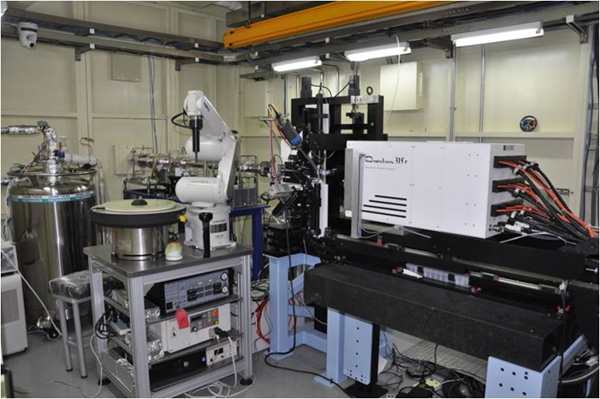
Experimental hutch

Sample and goniometer
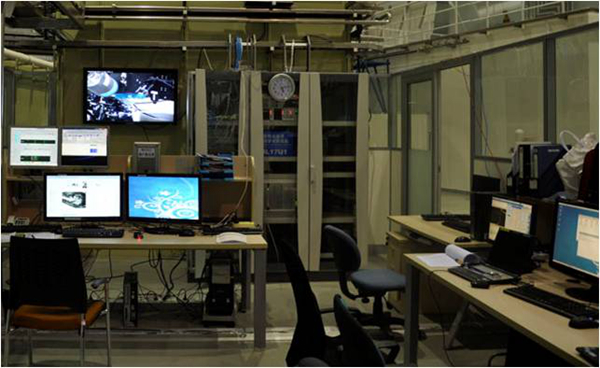
Experimental control area

Screenshot of Bluice
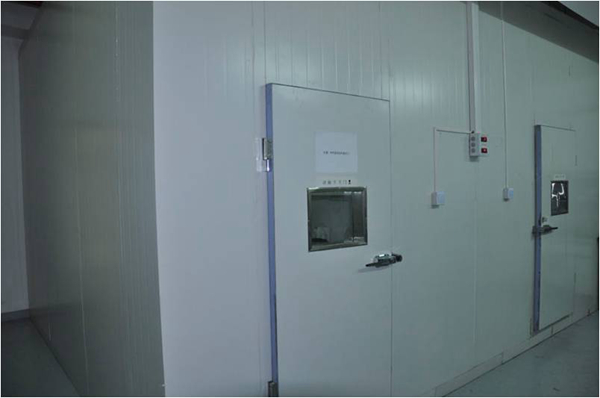
Cooled rooms (4°C and 18°C, opened for users)
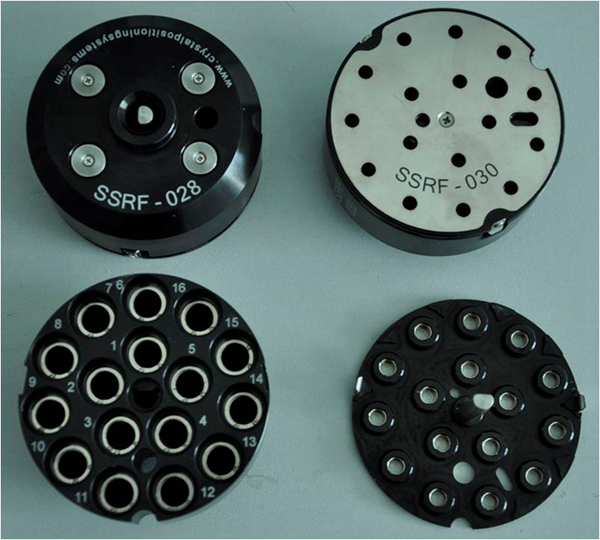
Uni-puck (One puck can holds 16 protein crystals.)
Contacts
Yu Feng
+86-21-33933192
yufeng@sinap.ac.cn


 Copyright©2006.12 Shanghai Advanced Research Institute.
Copyright©2006.12 Shanghai Advanced Research Institute.